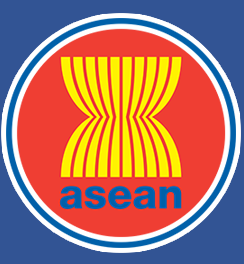ASEAN Journal on Science and Technology for Development
Abstract
Since the process and conversion of natural rubber into epoxidized natural rubber (ENR) was discovered and patented by I. R. Gelling of the Malaysian Rubber Product Research Association (or now known as the Tun Razak laboratory), Brickendonbury, Hertford, in the United Kingdom, there are more than 10 000 technical and technological papers cited in the internet. Information on ENR is available, not only in the the English language but also other languages like Chinese, Malay, French, Thai and even German languages are used.NR is the most versatile and reactive rubber/elastomer. It is an advanced natural rubber which could be potentially used as a starting material for the development of other rubbers, modifie elastomers, for grafting, plastic-based materials and also thermoplastic rubbers. Its reactivity is dependent on its epoxy groups, the opening of its ring structure, and also the subsequent structures of carboxylic groups and the in-situ side-chains “carbon – carbon” double bonds (> C = C <). In some instances, up to 65% epoxidation of NR is possible and achieved for more oil resistance. For these reasons, there are many new and advanced materials which have been formed and developed in the last two decades.Among them, some of the recent research work is listed here. Apart from studies of compounding the ENR itself and its potential uses, there are many rubber-rubber blends and ENR rubber-plastics blends, some of the studies cited are “uses of new and advanced chemicals” and synthetic rubbers: ENR/NBR, ENR/PVC, ENR/polylactic acid blends, ENR/copolyester blends, ENR/Copolyamide Blends, ENR/poly (vinylidene fluoride)blends, ENR/Carbon Nanotubes with co-agent Trimethylol Propane Triacrylate, ENR /recycled silicon materials, and ENR/copolymer of n-butyl acrylate/butyl methacrylate “grafted”. Each of these blends has its own characteristics in terms of processing, enhancement of processing like safety, scorch, oil and water resistance properties, or some in the development of potential thermoplastic rubber and its thermoplastic vulcanizates.In this paper, the author would like to share some findingsof the ENR/EPDM blends that have good flexand dynamic properties, relatively low compression set, and tolerant tensile properties that satisfy most rubber products that are required for and used in the industrial, mechanical, and even automotive parts. More importantly, the sliding skid resistance/frictional property and wear resistance of the blends are also examined. In some blends, the thermal dynamic behaviour is also measured over a temperature range depicting the low-temperature stability, its temperature of transition and the dynamic factor like tangent delta (σ). These are the potential factors that could enhance the blend properties that give possible, good high speed and traction, applicable in tyres.
Publication Date
6-21-2017
Recommended Citation
B.L., Chan
(2017)
"Potential Application of ENR/EPDM Blends,"
ASEAN Journal on Science and Technology for Development: Vol. 33:
No.
1, Article 5.
DOI: https://doi.org/10.29037/ajstd.5
Available at:
https://ajstd.ubd.edu.bn/journal/vol33/iss1/5

